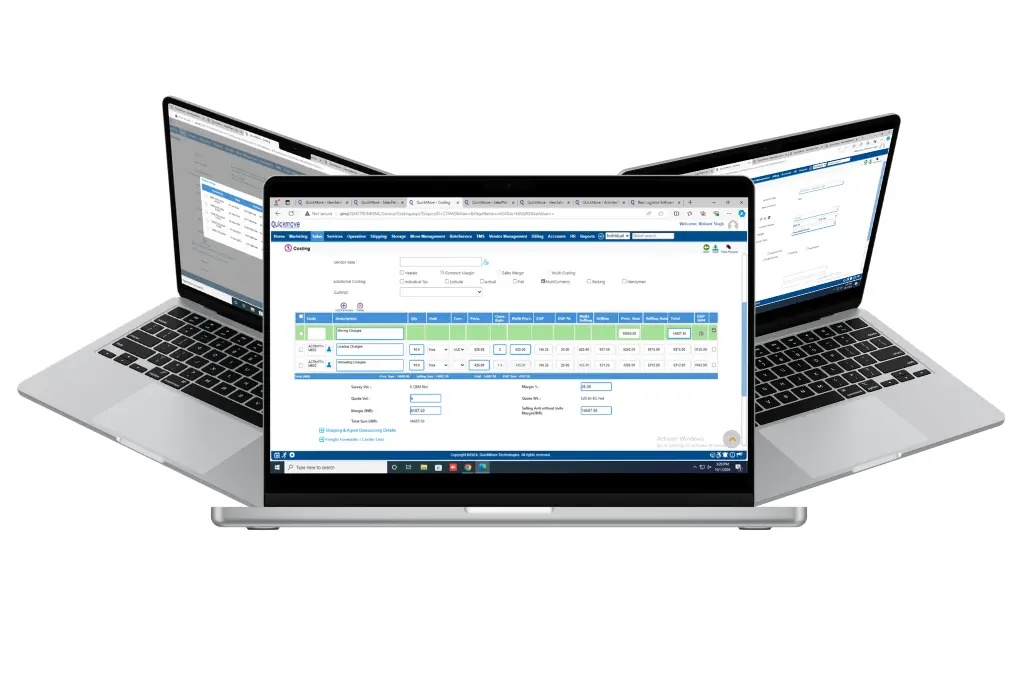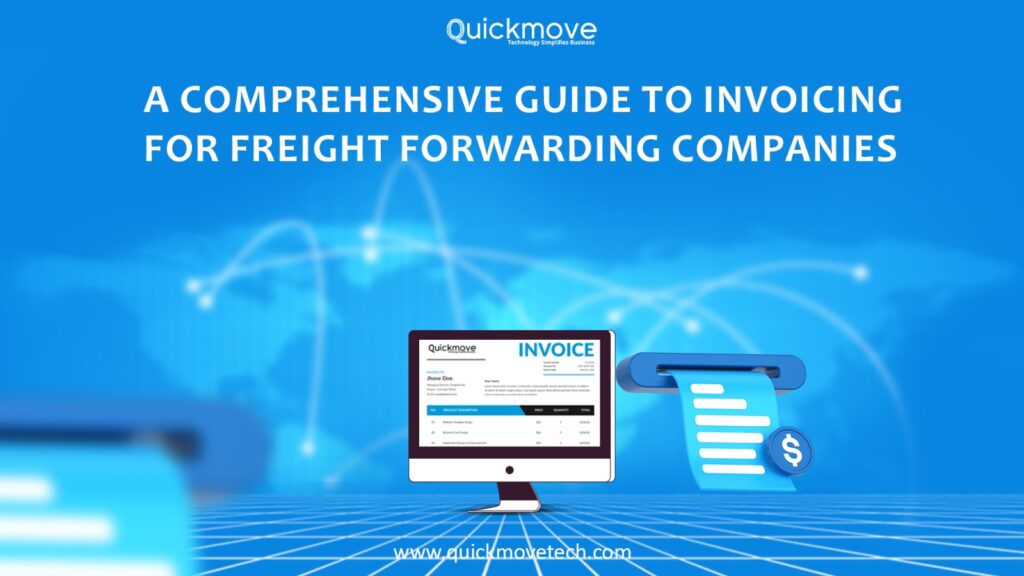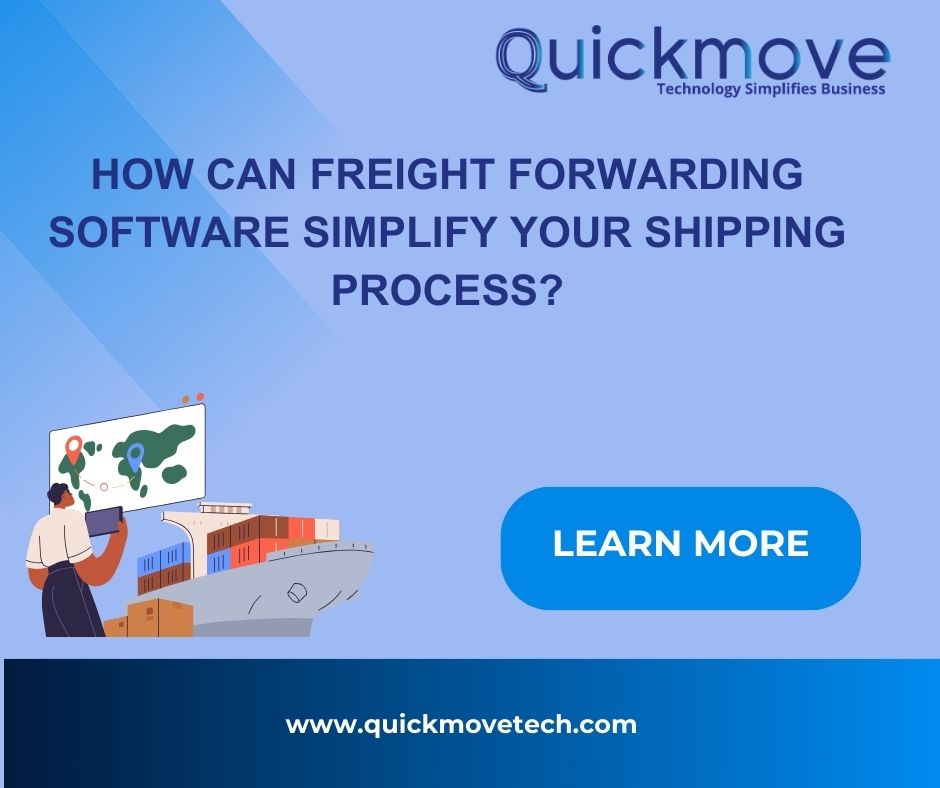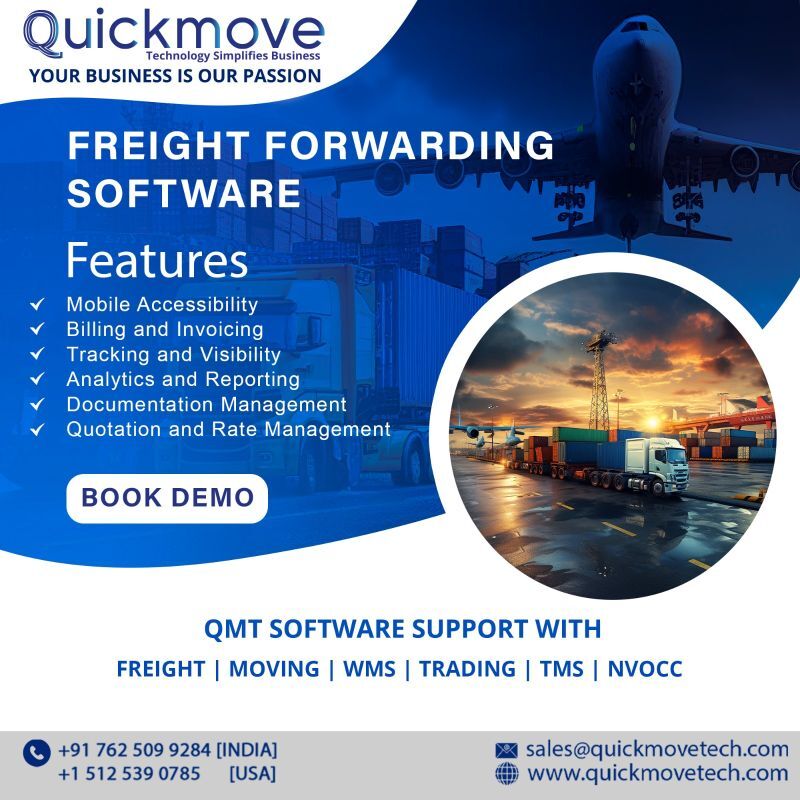Invoicing is actually one of the keys to success for any freight company. Not only is it a quick cash-generating item, but also it keeps the books in the straight and narrow and clean.
And yet, despite its importance, most freight firms continue to have outdated or manually based billing procedures, which quite often result in delays, inefficiencies, and errors. By embracing contemporary freight forwarding software, you can automate your
invoicing processes, minimize errors, and enhance cash flow management. This article takes you through a step-by-step guide of how to implement an effective invoicing system that works according to your freight business needs.
The initial step you need to undertake is reviewing your existing invoicing process. Knowing where the bottlenecks lie—i.e., manually entering data, interdepartmental communication, or delayed issuance of invoices—will allow you to know what is to be fixed. Determine if your existing process can support multi-currency transactions, international tax regimes, or integration with operational systems. Once you know these gaps, you will have a better idea of what to seek in a new invoicing solution.
The second important step is choosing the appropriate freight forwarding software. Select an invoicing and accounting module solution that supports multi-country, multicurrency, and multi-branch capabilities. The solution should also provide tax compliance per region, automatic billing, and customizable invoice templates. The solution is highly recommended to be cloud-based because it facilitates team and location collaboration, data consistency, and access.
After choosing the software, it’s time to install it according to your company’s structure. Fill in your company details such as logo, address, and payment terms. Establish tax settings and billing templates depending on the nature of the services you provide— freight forward, warehouse, or customs clearance. In case you have a multi-branch setup of your business, configure branch-wise invoice tracking to maintain financial transparency at all levels. With the right settings, your invoicing software will be consistent with your brand and compliant with the regulatory needs of the countries you operate in.
Combining your invoicing module with live operational data is a game changer. With freight forwarding software, invoice generation can be directly linked to shipment milestones, service completion, or delivery status. This eliminates the need for manual
updates and guarantees clients are billed correctly and on time. Whether you pay freight rates, warehousing rates, customs, or fuel surcharges, any billable aspect can be automatically drawn from your job history and added to the invoice.
Automation is the second key of efficiency that’s most critical. A good freight invoicing system allows you to have invoice trigger setup for some occurrence like job completion or submission. You can even automate repeat client recurring invoices and have the system send automatic payment reminders for past-due balances. By avoiding as much manual intervention as possible, you cut down on human error and can provide consistent follow-ups, which lead to faster payments and enhanced customer satisfaction.
For overseas customers, freight operators must deal with various currencies and taxation climates. Your freight forwarding software of choice should seamlessly convert currencies with current exchange rates and use the appropriate tax codes on every transaction. Whether VAT, GST, or national duties, your invoices must be compliant with the regulations of the nations you are trading with. The system must also offer clear audit trails and tax reports to allow for easy filing and compliance.
Lastly, after setting up your invoicing system, you should proceed to monitor and optimize it periodically. Use the reporting and analytical features of the software to track invoice status, identify late payments, analyze customer activity, and track revenue by service or branch. All these give you data-driven insights that help you make good decisions, handle cash flow properly, and adjust your invoicing strategies for greater future growth.
In conclusion, the implementation of a smart and automated invoicing system is a strategic move for freight companies who wish to expand and compete globally. With the assistance of advanced freight forwarding software, you can convert invoicing from a back-office activity into a growth-oriented function. Not only does it save money and time, but it also boosts transparency, compliance, and customer trust. Start with the right software, follow the above steps, and watch your billing process become a pillar of your business success.
 Email Us
Email Us

 Freight Forwarding Software
Freight Forwarding Software Moving/Removal Software
Moving/Removal Software Warehouse Management System
Warehouse Management System Transport Management System
Transport Management System Customer Service Portal
Customer Service Portal Move Survey Quote Pro
Move Survey Quote Pro Digital Logistics Inventory App
Digital Logistics Inventory App

